In today’s competitive business environment, employee engagement and retention are critical factors for a company’s success. Engaged employees are more productive, committed, and likely to stay with the organization long-term. On the other hand, high turnover can be costly and disruptive. To help your organization foster a more engaged workforce and retain top talent, here are five actionable steps:
1. Create a Positive Work Environment
A positive work environment is the foundation of employee engagement. When employees feel valued and supported, they are more likely to be motivated and committed to their work. Here’s how you can create a positive atmosphere:
Encourage Open Communication: Foster a culture where employees feel comfortable sharing their ideas, feedback, and concerns. Regularly hold team meetings and one-on-one sessions to ensure that communication lines are always open.
Recognize and Reward Achievements: Regular recognition of employee achievements boosts morale and encourages continued excellence. Implement a recognition program that rewards employees for their contributions, whether through verbal praise, bonuses, or other incentives.
Promote Work-Life Balance: Encourage employees to take breaks, use their vacation days, and maintain a healthy work-life balance. Flexible work arrangements, such as remote work or flexible hours, can help employees manage their personal and professional lives more effectively.
2. Provide Opportunities for Career Development
Employees are more likely to stay with an organization that invests in their growth and development. Providing opportunities for learning and career advancement not only enhances employee skills but also shows that you value their future with the company.
Offer Training and Development Programs: Provide ongoing training opportunities, whether through workshops, online courses, or on-the-job training. Encourage employees to pursue professional development that aligns with their career goals.
Create Clear Career Pathways: Help employees understand the potential career paths within the organization. Regularly discuss their career aspirations and create a plan to help them achieve their goals, whether through promotions, lateral moves, or new responsibilities.
Mentorship and Coaching: Pair employees with mentors or coaches who can provide guidance, share their experiences, and help them navigate their career progression within the organization.
3. Foster Strong Leadership
Effective leadership is crucial for employee engagement. Leaders who are supportive, transparent, and inspiring can significantly influence how employees feel about their work and their place in the company.
Lead by Example: Leaders should model the behavior they expect from their employees. This includes showing commitment, integrity, and a positive attitude towards work.
Empower Employees: Give employees the autonomy to make decisions and take ownership of their work. When employees feel trusted and empowered, they are more likely to be engaged and motivated.
Provide Regular Feedback: Constructive feedback helps employees understand their strengths and areas for improvement. Regular performance reviews, along with ongoing feedback, can help employees stay on track and feel supported in their roles.
4. Build a Culture of Recognition and Appreciation
A culture of recognition fosters a sense of belonging and motivation among employees. When employees feel appreciated for their hard work, they are more likely to stay engaged and committed to the organization.
Implement a Recognition Program: Develop a formal recognition program that celebrates employee achievements, both big and small. This can include employee of the month awards, peer recognition programs, or even simple shout-outs during meetings.
Celebrate Milestones and Successes: Recognize and celebrate team successes, project completions, and individual milestones. This not only boosts morale but also reinforces a sense of team cohesion and accomplishment.
Personalized Appreciation: Go beyond generic praise by personalizing recognition. Understand what motivates each employee and tailor your appreciation to match their preferences, whether it’s a handwritten note, a public acknowledgment, or a small token of appreciation.
5. Enhance Employee Well-being
Employee well-being is closely linked to engagement and retention. When employees feel physically, mentally, and emotionally well, they are more likely to be productive and stay with the organization.
Promote Health and Wellness Programs: Offer wellness programs that cater to employees’ physical and mental health needs. This could include gym memberships, wellness workshops, mental health resources, or on-site health screenings.
Support Mental Health: Mental health is an essential aspect of overall well-being. Provide access to mental health resources, such as counseling services, and create a supportive environment where employees feel comfortable discussing mental health issues.
Encourage Breaks and Time Off: Ensure that employees take regular breaks and use their vacation time. This helps prevent burnout and allows employees to recharge, which ultimately benefits both them and the organization.

